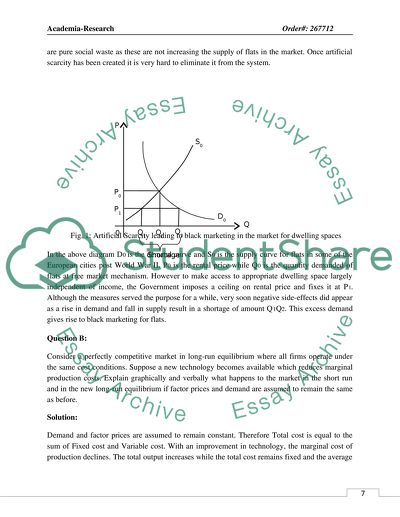Cite this document
(“The Theory of Market Mechanism Case Study Example | Topics and Well Written Essays - 1000 words”, n.d.)
The Theory of Market Mechanism Case Study Example | Topics and Well Written Essays - 1000 words. Retrieved from https://studentshare.org/macro-microeconomics/1518234-economics-scholarship-essay
The Theory of Market Mechanism Case Study Example | Topics and Well Written Essays - 1000 words. Retrieved from https://studentshare.org/macro-microeconomics/1518234-economics-scholarship-essay
(The Theory of Market Mechanism Case Study Example | Topics and Well Written Essays - 1000 Words)
The Theory of Market Mechanism Case Study Example | Topics and Well Written Essays - 1000 Words. https://studentshare.org/macro-microeconomics/1518234-economics-scholarship-essay.
The Theory of Market Mechanism Case Study Example | Topics and Well Written Essays - 1000 Words. https://studentshare.org/macro-microeconomics/1518234-economics-scholarship-essay.
“The Theory of Market Mechanism Case Study Example | Topics and Well Written Essays - 1000 Words”, n.d. https://studentshare.org/macro-microeconomics/1518234-economics-scholarship-essay.


